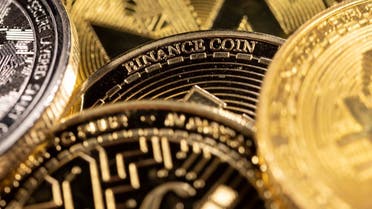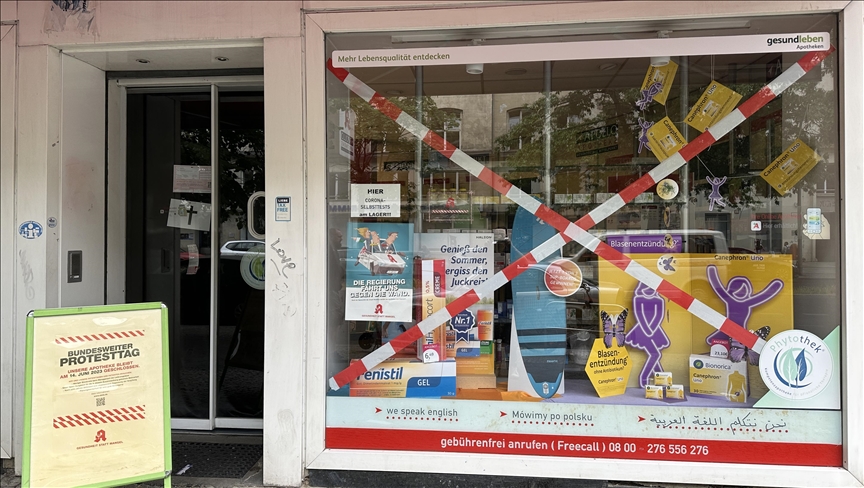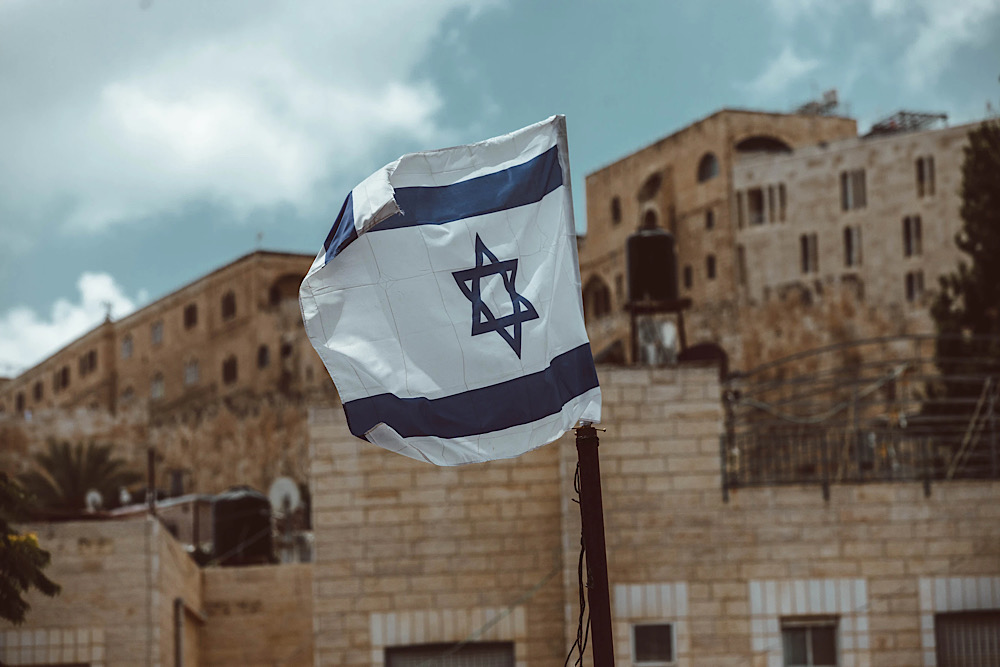For the first time, US-made wind and solar components are cheaper than their imported foreign counterparts. This is according to a new study by academics at the prestigious Princeton and Dartmouth Universities and commissioned by the BlueGreen Alliance.
The Inflation Reduction Act (IRA), signed into law in August 2022, makes a “game-changing” business case for US wind and solar, says the study.
The IRA includes production and investment tax credits as well as tax credits for US-made major components and for using local labour at prevailing wage rates.
The report finds that wind and solar developers will reap significant cost savings by using US-manufactured components and paying workers fair wages due to the investments in the IRA.
“Using US-manufactured parts and materials for clean energy development and paying workers a fair wage has always been the right thing to do. Now it’s also the most economical thing to do,” said BlueGreen Alliance’s executive director, Jason Walsh. “This report shows that the Inflation Reduction Act successfully creates an air-tight business case for supporting US workers and manufacturers.”
In an unprecedented change in market dynamics, using US-made wind and solar components will be cheaper than importing them.
Due to the manufacturing tax credit alone, the cost of solar photovoltaics modules assembled in the US and made from 100% domestically manufactured components will now be more than 30% less expensive to produce than imported modules.
US-manufactured onshore and offshore wind components – such as towers, blades and nacelles – will also be cheaper to make than imported products for the first time, said the researchers.
The study estimates that the levelised cost of utility-scale solar and land-based wind projects receiving the IRA’s production tax credit bonus rate will be approximately 60% lower than a comparable project receiving the base rate. Similarly, offshore wind projects receiving the bonus tax rate have the potential to be around 20% less expensive than comparable projects receiving the base tax rate.
But the researchers cautioned that the degree to which lower domestic production costs pass through to prices for solar or wind components or installed projects is uncertain and depends on competitive market dynamics not assessed in the study.
Considering the competitive cost of domestic components after accounting for the manufacturing tax credit as well as the 10% tax credit added to the production and investment tax credits for renewable energy projects employing domestic content, the IRA has the potential to induce “significant demand” for solar and wind components manufactured in the US, says the study.
“This demand will outstrip current US solar and wind component manufacturing capacity, prompting investment to expand US supply chains,” said the researchers.
The IRA could induce demand for approximately 1.3mn additional jobs related to utility-scale solar and 250,000 wind related jobs in 2035, relative to the level of employment in these sectors without passage of the IRA and assuming no change in domestic content shares for wind and solar components without the IRA.
This includes domestic demand for an additional 800,000 jobs in solar manufacturing and 55,000 additional jobs in wind manufacturing by 2035.
It pays to pay workers well, said the study.
Wind and solar developers can significantly cut costs by meeting prevailing wage and apprenticeship criteria to take advantage of the full value of the clean electricity tax credits.
The report finds that when a developer meets the prevailing wage and apprenticeship standards, the cost of producing solar or onshore wind power drops more than 60%, relative to deciding not to offer workers fair pay and career pathways.
Any additional project costs associated with meeting these wage standards are more than offset by the full credit, said the researchers.
Costs will likewise be roughly 20% cheaper for offshore wind projects that meet these labour standards than projects that do not, said the study.
Together, the clean energy tax credits and the manufacturing tax credit will induce demand for more than 1.6mn additional solar and wind jobs, compared with projected employment levels had the IRA not passed.
Due to expanded employment, the IRA could increase total wages earned by solar and wind workers in 2035 by about $70bn and $15bn respectively relative to the wages earned without passage of the law.
The IRA will also significantly increase demand for US-made aluminium, cement and steel for use in solar and wind projects.
The report finds the expansion of wind and solar power due to the IRA will dramatically increase demand for aluminium – a primary material for solar panels – and cement and steel, significant materials for wind turbines. Expanding clean US aluminium and steel production for clean energy will better support the climate goals than relying on emissions-intensive imports, stressed the researchers.
The US already produces cleaner steel on average than all of the world’s other major steel producers, said the researchers. By using IRA funding to cut emissions in these industries while expanding production, the US could meet the growing materials needs of the clean energy economy while supporting a liveable climate, they said.
Under the IRA, aluminium, cement and steel demand for construction of solar and wind projects is projected to increase by an order of magnitude between 2023 and 2035, although there is high uncertainty regarding the material intensity of renewable projects.
By 2035, mid-range estimates of aluminium and steel demand induced by the growth of wind and solar under IRA amounts to 131% and 37% of 2022 US consumption respectively, and 156% and 42% of 2022 US production.
For aluminium and to a lesser extent steel, a large and rapid expansion of total supply will be required to meet demand, while the 10% domestic content tax credit adder suggests that some of this demand will be satisfied by increased US materials production, said the researchers.












